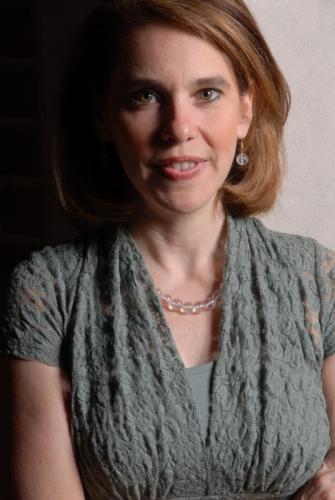 Duke students joined 12,000 other people at PowerShift 09, a four-day conference about the environmental issues affecting our planet, and how they can be addressed. PowerShift had speeches, panels, workshops, rallies, and Lobby Day, when participants converged on Capitol Hill to demand change from their representatives.
Duke students joined 12,000 other people at PowerShift 09, a four-day conference about the environmental issues affecting our planet, and how they can be addressed. PowerShift had speeches, panels, workshops, rallies, and Lobby Day, when participants converged on Capitol Hill to demand change from their representatives.The first and second night (Feb. 27 and 28), keynote speakers gave stirring speeches about the rights and responsibilities of humans, and how environmental justice cannot be achieved without social and political justice. They spoke to an enthusiastic crowd that frequently burst into cheers and standing ovations.
“This is the moral obligation of our generation-- to address climate change and protect human rights,” keynote speaker Clayton Thomas Muller said.
Van Jones, founder of Green for All, emphasized the possibility for change. “It’s no accident that you were born right now, when we need you the most -- I want you to understand how much power you have!”
Jones described how if a person 50 years ago could access a world’s worth of information in a minute, or speak to a person thousands of miles away, they would be thought a god. But the tools that allow us to accomplish such feats are now commonplace and taken for granted. “It’s time to turn toys into tools,” Jones said.
Jones asserted the need to include all people, of all races, sexes, and economic levels, an idea which reverberated throughout the conference. The speeches both on Friday and Saturday culminated in a concert, which thousands stayed to enjoy.
During the day on Saturday and Sunday, participants attended workshops and panels of their choosing. Topics ranged from international environmental policy to organizational skill-building and “use of social media for the greener good.”
All six panels and workshops I attended were extremely informative and open to input from the audience. It created a very open and engaging dynamic. Many of the sessions emphasized the need for substantial domestic environmental legislation this year, so that U.S. representatives have something to take to the table for Copenhagen December, an international conference on climate change. Bill McKibben from 350.org stressed that people get involved in the Global Day of Action, Oct. 24, to get the point across that the tipping point has already been passed.
On Sunday, people broke out into group sessions to connect with other attendees from their state. This was one of my favorite parts of PowerShift; after all the conference had done to inspire and empower me, I was ready to get to work. So it was incredibly exciting to meet similar-minded people from my home state, who I might be able to work with in the future. All forty of us exchanged contact information and are already organizing to accomplish environmental action in our state.
Monday brought blasts of wind and snow, but thousands of persevering PowerShifters gathered in front of the Capitol for a blazing rally and show of support for green jobs, environmental equity, and renewable energy.
 After the rally, the masses dispersed to lobby their respective Congressmen in surrounding buildings. I again joined with PowerShifters from my home state to appeal to our senators and representatives. The day before, we had been given training about effective methods of lobbying, and had planned our approach. It was interesting to see how our representatives or their staffers responded to our ideas. Some we thought were on the fence were quite on-board; we thought one representative would shut the door on us, but we found him to be somewhat supportive, although he had different methods in mind for reversing global climate change. (Fantastical “clean coal” being one of them.) Altogether, Lobby Day was an eye-opening experience, and proof of the effect thousands of dedicated people can have. One staffer mentioned that he had never spoken with a more engaging or energizing group of lobbyists, or a group as young.
After the rally, the masses dispersed to lobby their respective Congressmen in surrounding buildings. I again joined with PowerShifters from my home state to appeal to our senators and representatives. The day before, we had been given training about effective methods of lobbying, and had planned our approach. It was interesting to see how our representatives or their staffers responded to our ideas. Some we thought were on the fence were quite on-board; we thought one representative would shut the door on us, but we found him to be somewhat supportive, although he had different methods in mind for reversing global climate change. (Fantastical “clean coal” being one of them.) Altogether, Lobby Day was an eye-opening experience, and proof of the effect thousands of dedicated people can have. One staffer mentioned that he had never spoken with a more engaging or energizing group of lobbyists, or a group as young.More than anything, PowerShift proved that age is not a factor in creating global change.
“Young people have more power now than they’ve ever had before.” Van Jones said. “This is no ordinary year, and we cannot live ordinary lives.”







